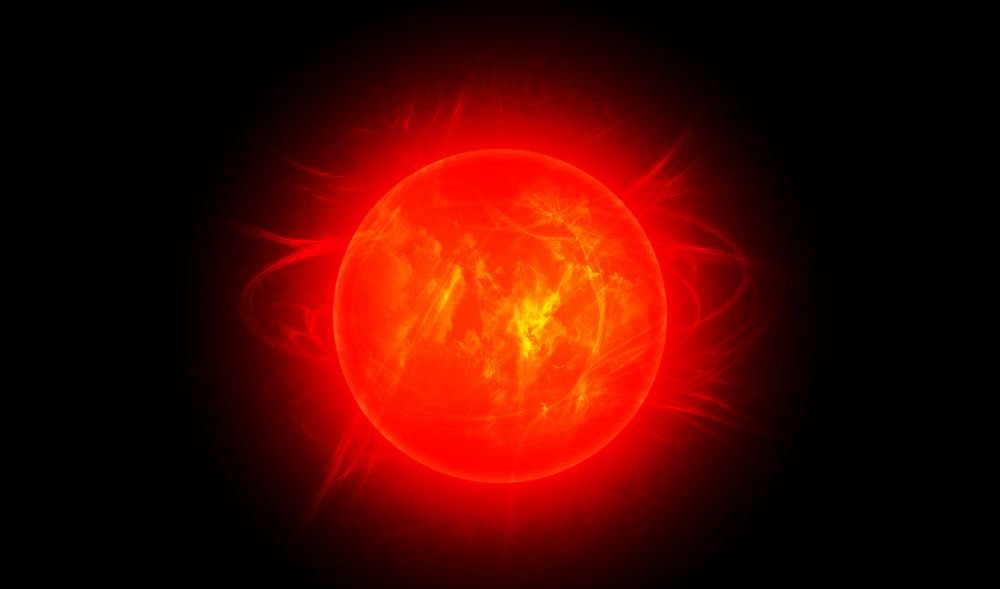Humongous red giant stars look younger than how old they actually are! A team hailing from Leibniz Institute for Astrophysics Potsdam revealed in a study that the red giant stars do have a chemical clock that doesn’t quite work, resulting in them looking younger. This discovery is startling and portrays the complicate ways our universe works, especially the complexity in functioning of the Milky Way, beyond humanly understanding.
How Are Stars’ Age Tracked?
Astrophysics who comprehend the lifecycle and operability of the red stars commented that they use the methodology or asteroseismology in order to calculate age of stars and trace their youth and radical changes that might have taken place over the years. They revealed that due to non-functional chemical evolution, the existence of the models of galactic discs cannot quite be fathomed.
The stars come with chemical signatures that contradicts the very notion that they are apparently young; in fact, they are old enough. There are stellar motions that are taken into consideration and quantities of various chemical elements that are evaluated pertaining to myriad of stellar atmospheres. This concept is dubbed as Galactic Archaeology and it hints at the stellar abundance ratios that lead to indirect estimation of age.
Alpha/Iron Elements Constitute Chemical Clock
When huge stars collapse, there is an exclusive explosion of energy, dubbed as core-collapse supernovae. They pump out oxygen and myriad ‘alpha elements’ into interstellar medium on shorter timescales.
Type la supernovae has a white star which is dwarf in nature, another smaller white dwarf orbiting another giant star. In the process, bulk of iron emanate and eventually the stars die after long periods in time. This interstellar enrichment pertaining to alpha/iron is dubbed as chemical clock.
On closely looking at the rendered image positioned for the Milky Way, it can be observed that there is a central bar present with arms spiralling out. The astrophysicists who had come out with this revelation are now working towards tracking origin of giant stars.




